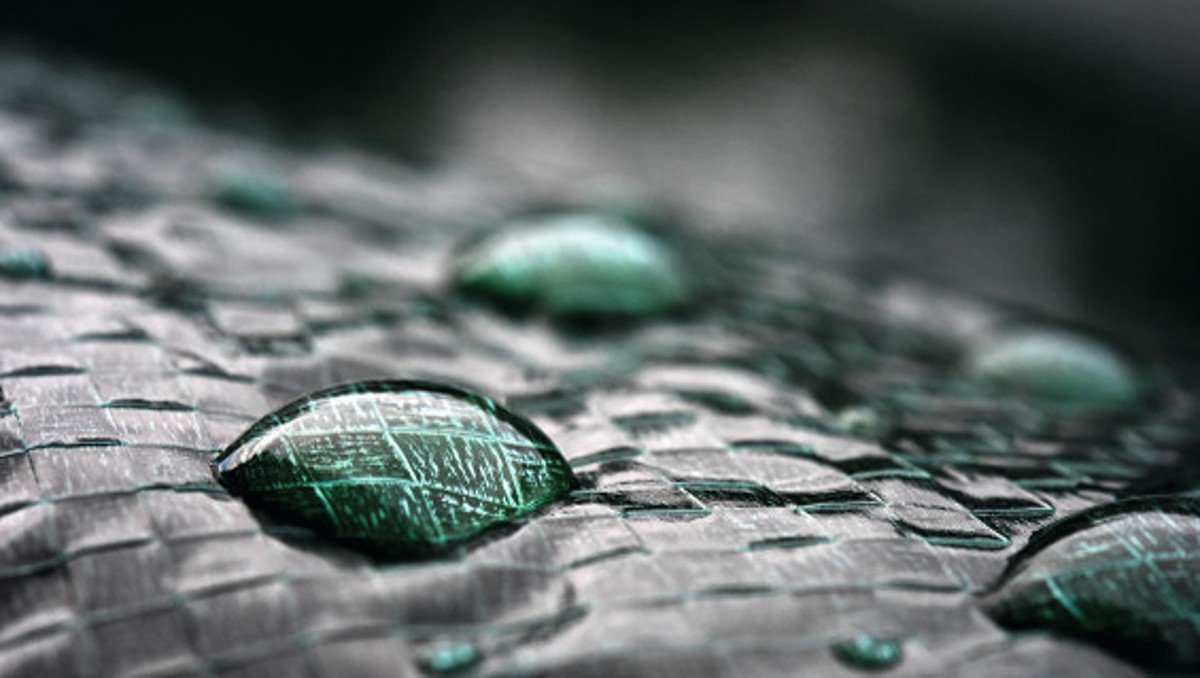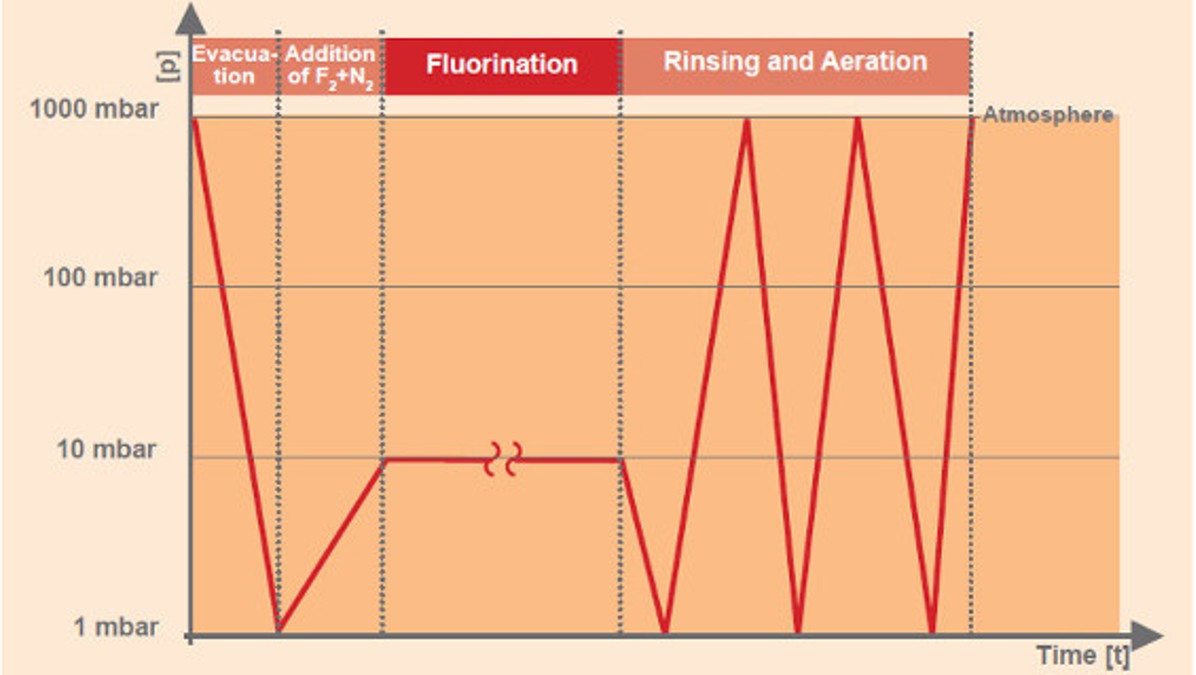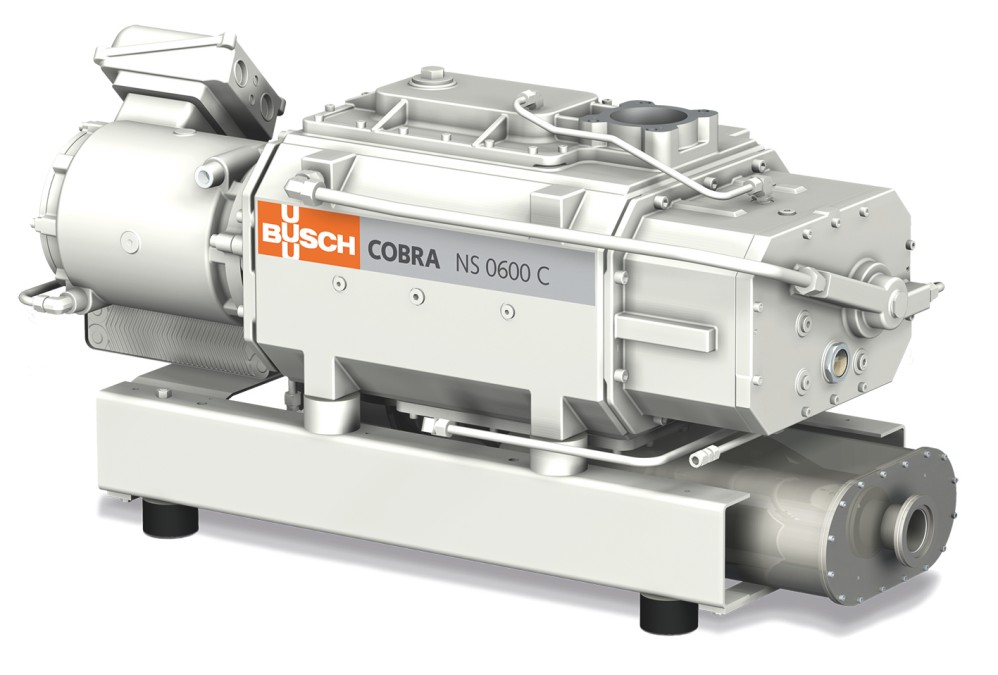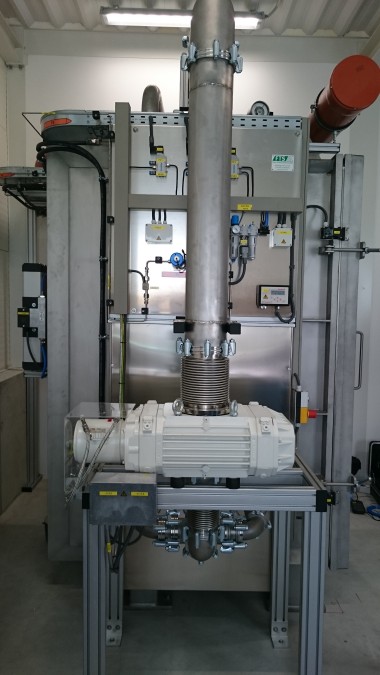Busch News & Media
Creating High Quality Surface Properties Through Fluorination with Reliable Vacuum Technology
Creating High Quality Surface Properties Through Fluorination with Reliable Vacuum Technology
Fluor Technik System GmbH
Maulburg, Germany
|
04.04.2018
|
6 min
The fluorination of plastic parts to achieve different surface properties is an important pre-treatment step in the processing of plastic parts.
Fluor Technik System GmbH has developed a specialization in this type of
surface treatment. As a service provider, the company offers fluorination of plastic parts to change the wetting behaviour, the adhesion properties, the friction or stickiness and the barrier properties of a variety of plastics.
Fluor Technik System also manufactures customer-specific fluorination systems and sells these worldwide. To generate the necessary process vacuum,
dry-compressing vacuum systems from Busch are installed, each with a
COBRA NS screw vacuum pump as a backing pump. This has been selected as it provides the most reliable option for Fluor Technik System to run the fluorination process safely and in a replicable way.
The type of fluorination the company performs most often is adhesion fluorination. This process enables a plastic surface to be influenced in such a way that a higher polarity is obtained, the total contact area of the surface is increased as a result and better adhesion is therefore possible.
This might be necessary, for example, if different layers need to be bonded at the same time, or to prepare a surface for painting or flocking, or to improve the adhesion of glue. The fluorination process is also used for hydrophilization.
With this process, surfaces are equally wetted, which in turn facilitates printing or, for example, in the case of dishwasher applications, makes them easier to dry. Fluor Technik System has the capability to fluorinate nearly all plastics to minimize dynamic friction. The company can also draw on extensive experience in the fluorination of rubber and silicone.
The fluorination process
The fluorination process (Fig. 1) can be carried out within different systems.
These either consist of a
process chamber, loaded with a batch each time (offline systems), or
web systems, with which plastic web material is continuously fluorinated as it passes through (inline systems).
A
gas mixture comprising
10% fluorine and 90% oxygen is used as the fluorinating agent. The
change in the
surface properties is caused by the
highly reactive fluorinated gas.
This replaces a portion of the hydrogen atoms in the surface material with fluorine atoms.
The fluorination process is therefore a
chemical reaction and not a type of coating. The
depth of penetration of the fluorine atoms into the substrate is confined to the
molecular level.
The properties of the base material and its dimensions remain completely unchanged. Only the
surface energy and the polarity are influenced by the fluorine, and these effects are lasting and stable.
Through targeted
process control, the fluorination results can be precisely adjusted to the base polymer and the intended application. The basic
process parameters are the
dwell time in the process chamber, the
temperature, and the
fluorine concentration, which is determined by the pressure.
These parameters enter into the fully automatic process control as a "prescription". All the parts to be fluorinated therefore receive an individual "prescription" that is tailored to the base material and the intended surface property as part of a process that is always replicable.
"The core component of a fluorination system is the vacuum technology,"
"The is because the quality of the treated parts depends on the reliability of this technology."
Bernd Moeller, Managing Director of Fluor Technik System
In his fluorination systems, he only uses vacuum systems from Busch that can be run completely
"dry"; that is, without any operating fluids in the compression chambers.
A (Fig. 2)
screw vacuum pump is used as a backing pump and a
Panda vacuum booster is installed upstream of this.
COBRA NS screw vacuum pumps were developed by Busch for the semiconductor industry. They offer a high level of
process reliability and thanks to their optimized screw profile, they achieve
short evacuation times.
COBRA NS screw vacuum pumps are
hermetically sealed and therefore no fluorinated gas can escape into the surrounding area.
Both vacuum pumps, including the drives, are
water cooled, which means that the operating temperature can be precisely adjusted. Various monitoring
devices report any faults that might occur as soon as they are present. The temperatures of the vacuum pumps themselves, the operating fluid in the gears and the coolant temperature are constantly measured as part of this. The quantities of coolant and oxygen used to rinse the COBRA NS once the process has finished is also monitored.
Bernd Moeller has thoroughly
tested the vacuum system from Busch and is utterly convinced that it represents a
robust and reliable solution.
The vacuum systems are in operation between
8 and 24 hours, depending on the applicable working hours. The gears of the
COBRA NS screw vacuum pumps and the gears of the are
lubricated with perfluorinated polyethers. This ensures that the reactive fluorine cannot bond with the operating fluid. In the case of vacuum reactors that are rectangular in shape, gas circulation is required within the process chamber in order to ensure that it fills all areas completely and evenly and to guarantee homogeneous surface processing. Water-cooled
Puma vacuum boosters (Fig. 3) are also used in this process and are operated independently from the vacuum system.
Fluor Technik Systeme receives the vacuum systems that are individually adapted to the relevant fluorination systems from Busch ready for connection and installs them together with the whole system directly at the client's premises.
In addition to the technical advantages of the vacuum systems, Bernd Moeller also identifies a further key benefit from collaborating with Busch: After the fluorination systems are installed, these are
commissioned by Busch's own technicians and the personnel who will be operating and maintaining the systems are provided
with on-site training.
Because
Busch has a worldwide network of companies operating in their individual countries and forming a
tightly knit service network, it is able to provide a local
Busch service technician for start-up and training to explain the vacuum system to the customer. Service technicians can also offer maintenance for the customer's vacuum system.
About Fluor Technik System
For around 25 years now, Fluor Technik System has been manufacturing fluorination systems in the German city of Lauterbach in Hesse that are configured to its customers' individual needs. This tailored approach does not just apply to the hardware itself. The control system that can be used to call up the different programs is also adapted in line with the parts that the customer wants to fluorinate. Fluor Technik System installs the systems worldwide and commissions them using its own technicians. As a service provider, the company also offers the fluorination of plastic, rubber and silicone parts. The firm's customers come from a huge variety of sectors, and thus parts for the automotive industry and its suppliers, medical technology, aerospace technology and "white goods" are all pre-treated using fluorination.
Maulburg, Germany
|
04.04.2018
|
6 min



